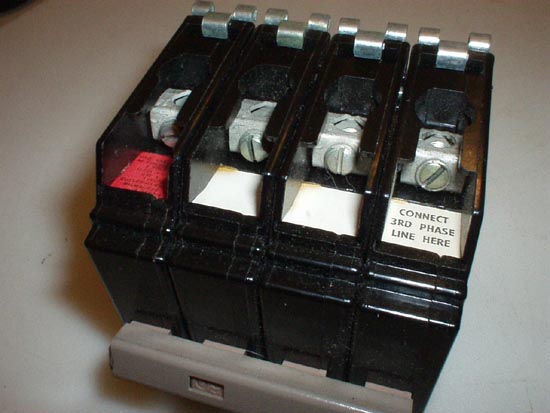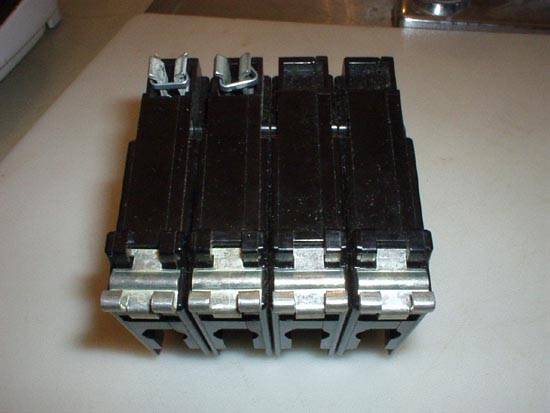SKalkbrenner
Member
- Location
- USA
- Occupation
- Self-Employed
Hello everyone. I have 3 phase service 120/240/208. 2 legs @ 120V and a wild leg @ 208V. Any combination of 2 = 240V.
My question is this: if my PTAC unit specs allow for a range of 193V - 253V, could I just use the 208V leg and N for the PTAC? I realize my current draw would go up. Any other issues I may be overlooking?
Thanks
Steve
My question is this: if my PTAC unit specs allow for a range of 193V - 253V, could I just use the 208V leg and N for the PTAC? I realize my current draw would go up. Any other issues I may be overlooking?
Thanks
Steve




